EU court rules on Finnish wolf hunting quota
The wolf (Canis lupus) is one of the most strictly protected species in the European Union. While many Member States also protect it in national law, the main instrument for its protection in the EU is the “Council Directive 92/43/EEC“, also known as Habitats Directive (or FFH Directive). This Directive is the key legislation for the protection of endangered species in the EU. It lists all species in its annexes, which are subject to protection on EU-scale. The EU lists the wolf in Annex IV, which grants it the highest possible protection status. The EU has even listed the wolf as one of a few priority species. For Member States, this means they have to protect the wolf and its habitat by all means. However, article 16 of the Directive also includes that derogations of this protection are possible.
Please also read: Why does the wolf return in Europe?
Do Member States respect EU law?
Many Member States exploit this article to install hunting quota since the wolf is spreading throughout Europe again. France, Romania, Bulgaria, Croatia, Slovenia, Finland, Spain and Sweden all use annual culling or hunting quota. These countries claim culling is a population management tool, mostly basing their justification on article 16 of the Habitats Directive. Furthermore, Latvia, Estonia, Lithuania, Slovakia and Poland – which does not make use of this legal provision – can legally use quota through special provisions. Last October, the Supreme Court of Finland asked the European Court of Justice, if these quota are in accordance with the Habitat Directive. The reason for the request was a lawsuit of Finnish NGO Tapiola. Tapiola deemed the Finnish wolf management plan unlawful regarding the Habitat Directive.
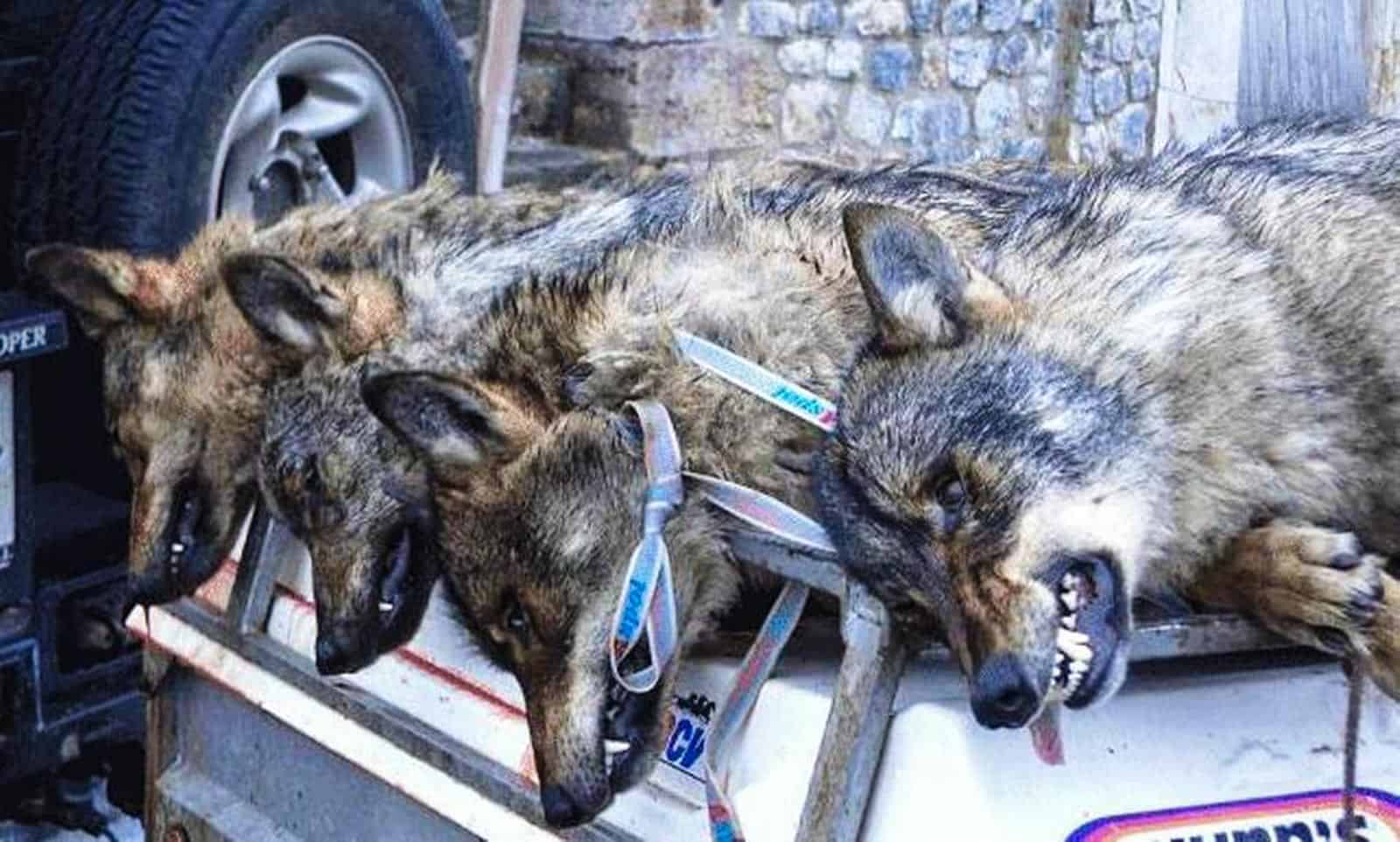
Disclaimer: The preliminary ruling of the European Court of Justice is no verdict in this lawsuit and the Finnish Supreme Court still has to make the final decision. The interpretation of the ruling differed widely amongst different outlets, often swaying towards their own agenda. The following is just our point of view and we are no lawyers.
Proof first, hunting quota second
The ruling states that any “[…] derogation decision must define the objectives relied upon in support of a derogation in a clear and precise manner and with supporting evidence. […]”. Reducing poaching and increasing social acceptance, the defined goals of the Finnish hunting quota, is thus an acceptable objective. However, Tapiola claimed that there is no sufficient scientific proof that hunting quotas reduce poaching. The obligation to provide scientific evidence, that killing is the only effective measure, is on the side of the responsible authority. This means that authorities first have to explore all other technical, legal and scientific solutions. Only if these fail or the responsible authority proves their impossibility, they can permit kills. In the Finnish case, the European Court did not see enough proof to justify kills. The Finnish will have to make a final decision in this issue.
Protection above all
Furthermore, the ruling states that “[…] derogations granted under Article 16(1) of that directive must not, taken as a whole, produce effects that are contrary to the objectives pursued by that directive […]”. This means any derogations (meaning kills in this case) cannot threaten “favourable conservation status” of the species. The court also specifies that the favourable conservation status must be achieved on local, national and biogeographical level. Populations outside of the EU (in this case Russia) do not contribute to a favourable conservation status of a cross-border population, as Russia does not protect wolves with the same law. In this context the court emphasises the precautionary principle. This means there must be proof that a derogation does not negatively influence the population. If authorities cannot guarantee that, they must not grant a derogation.
Uncontrolled hunting quota are not population management
The court also clarifies that authorities must closely monitor “places, dates, numbers and types of specimens targeted”. Contrary to that, hunters killed 20 alpha males in Finland within one year. Removing alpha males destroys the social structure of the respective packs, causing more trouble than good. The court hence criticized the monitoring of wolf hunting. In addition, Finland permitted 44 kills, which equals 15% of the Finnish population. According to the wolf management plan, this was done to prevent the poaching of 30 animals per year. Yet, killing more wolves than are poached is hardly an adequate measure to fight poaching.
Clarification, not new regulation
This ruling is important to clarify on which basis authorities can grant derogations (i.e. permits to kill) for protected species. However, it does not contain any groundbreaking new regulation. It does not completely rule out using culling or hunting quota as a measure to protect the wolf. It just makes clear that they can only be the last step after everything else failed. Additionally, the responsible authority needs scientific proof of its effectiveness. On the other hand, it definitely does not open the door for more quotas, as some outlets titled. Single kills of wolves have legally been permitted in Europe for years, if a wolf has killed livestock several times or if they might pose any danger for humans. This does not justify the widespread hunting of the wolf, which – again – is subject to the highest possible status of protection in the EU.
Finnish government reacts by waiting
Since the ruling, the Finnish government has realeased its new wolf management plan. It includes the following paragraph regarding hunting quota:
“An action model for hunting as population control, the associated targets and their reasoning will be prepared by a broad-based working group, provided that interpretation of the Habitats Directive allows for this.
Hunting as population control will be regulated to a level where it does not compromise the ability to maintain a minimum viable population or prevent the attainment of a favourable conservation status for the wolf.”

We will have to wait for the final verdict of the Finnish Supreme Court to find out if wolf hunting will stay allowed in Finland. But we can confidently say that the current regulation will not continue without stricter rules.


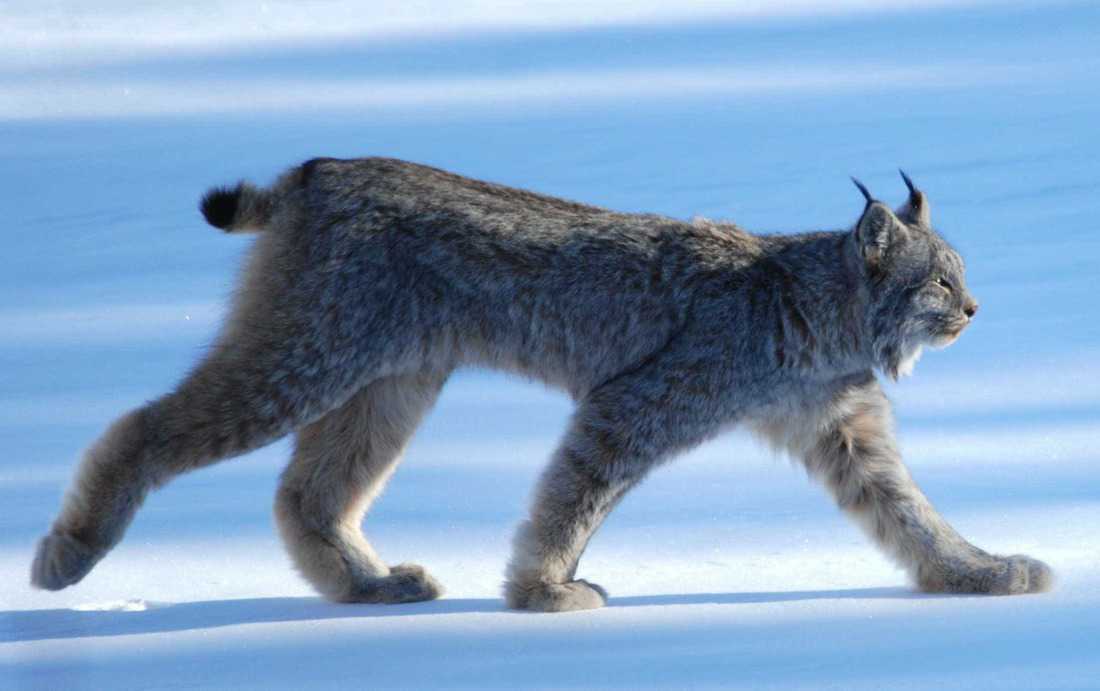

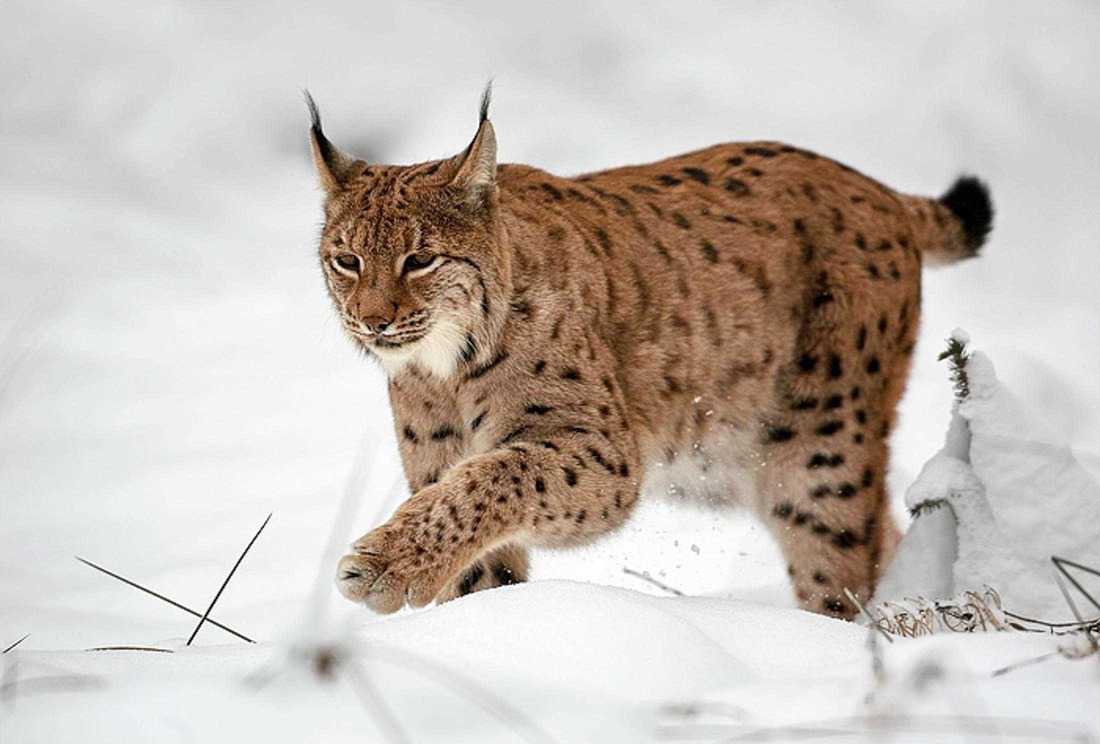
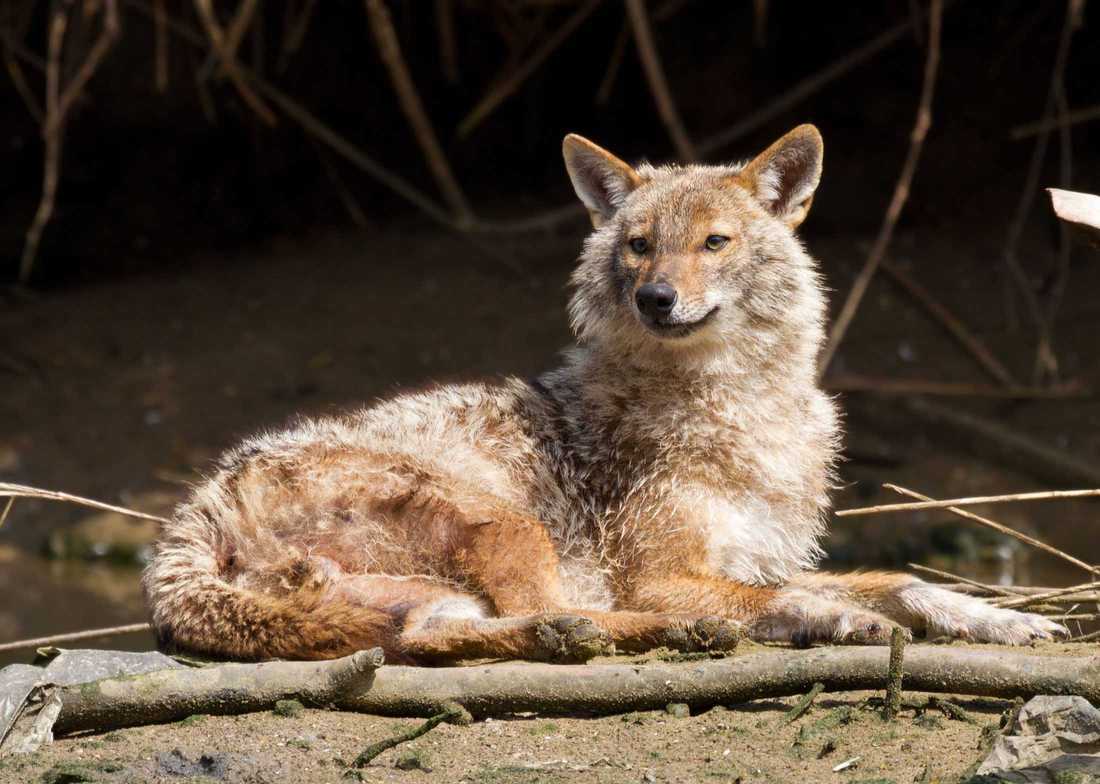
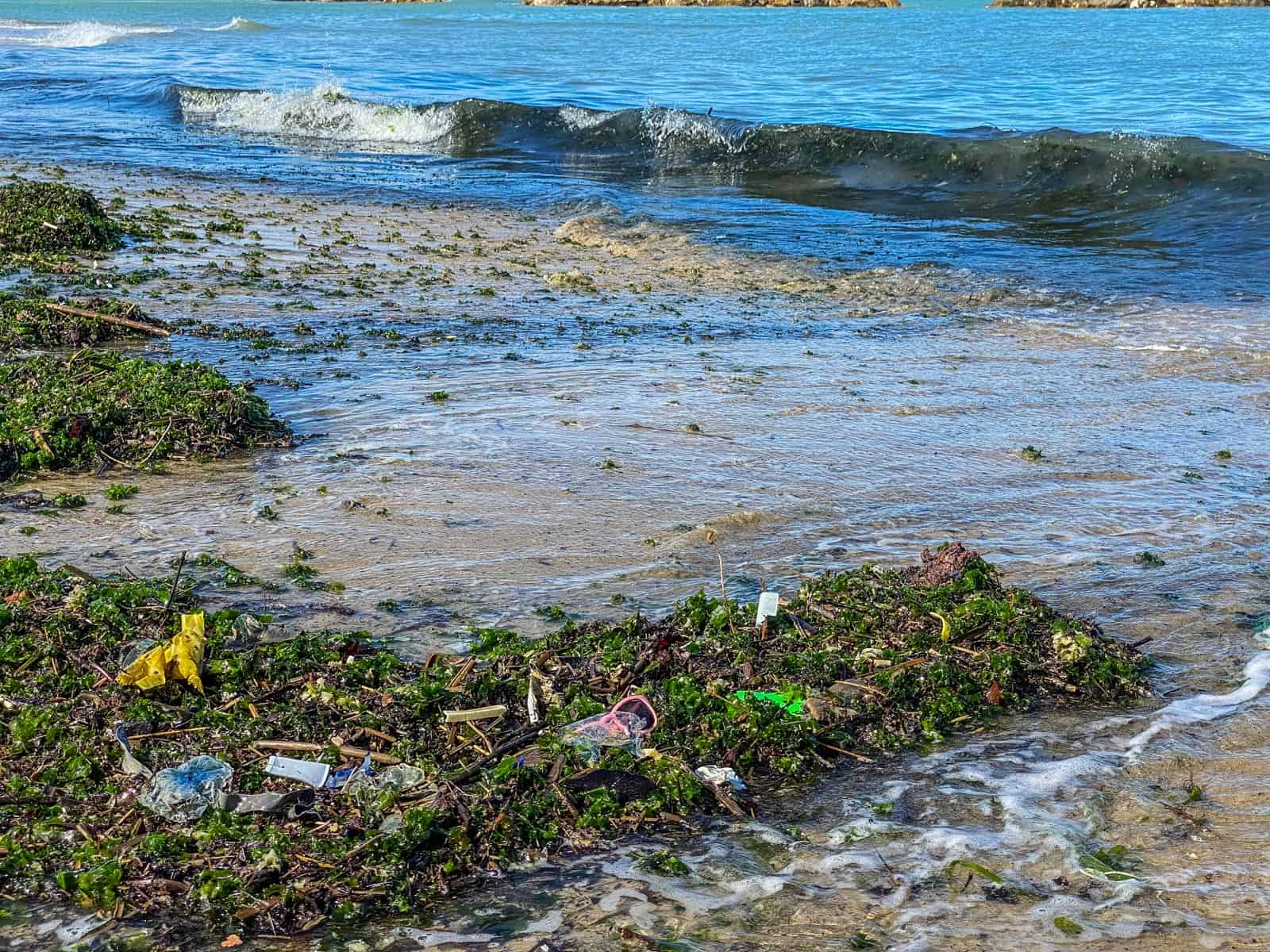
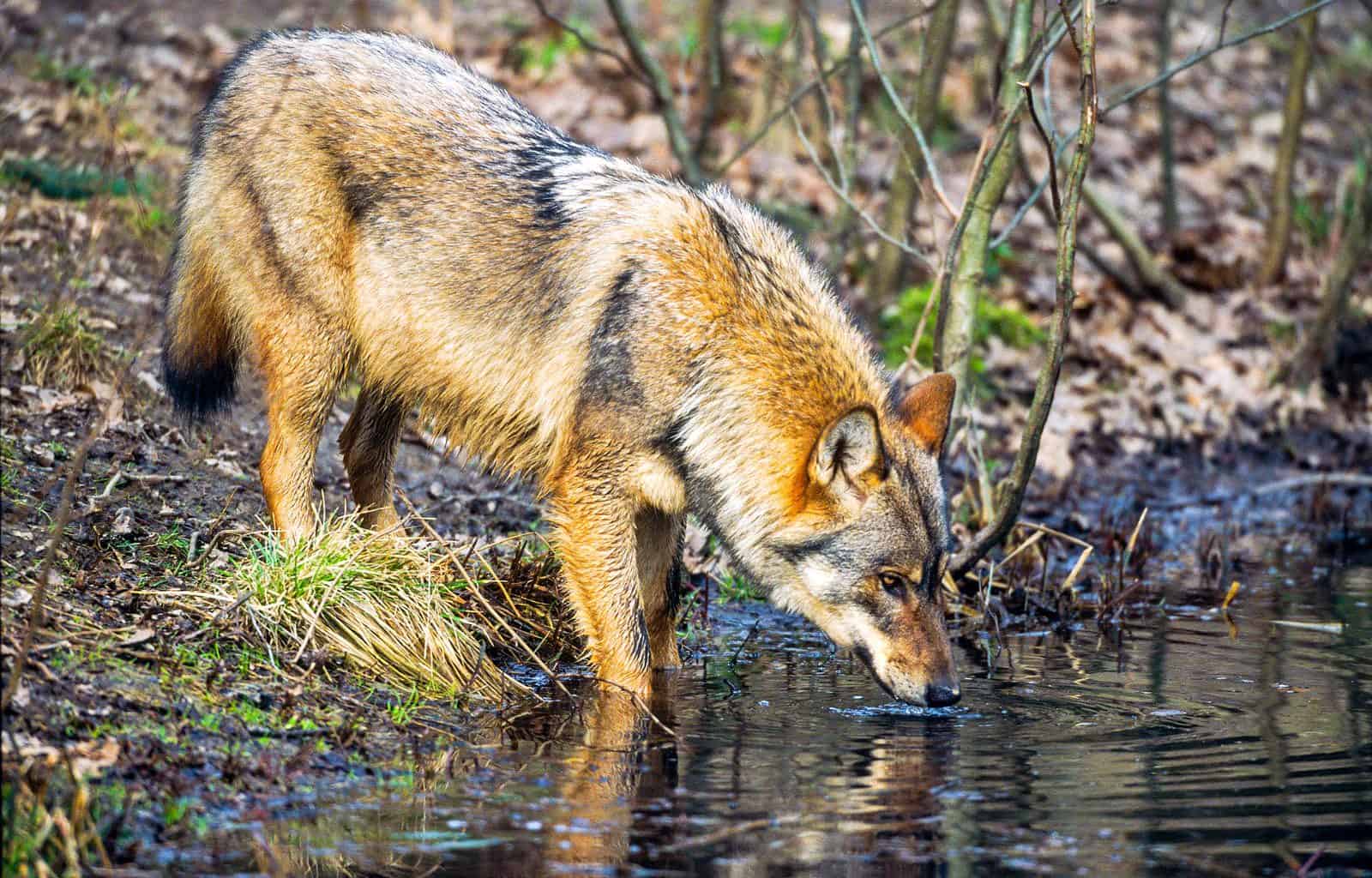
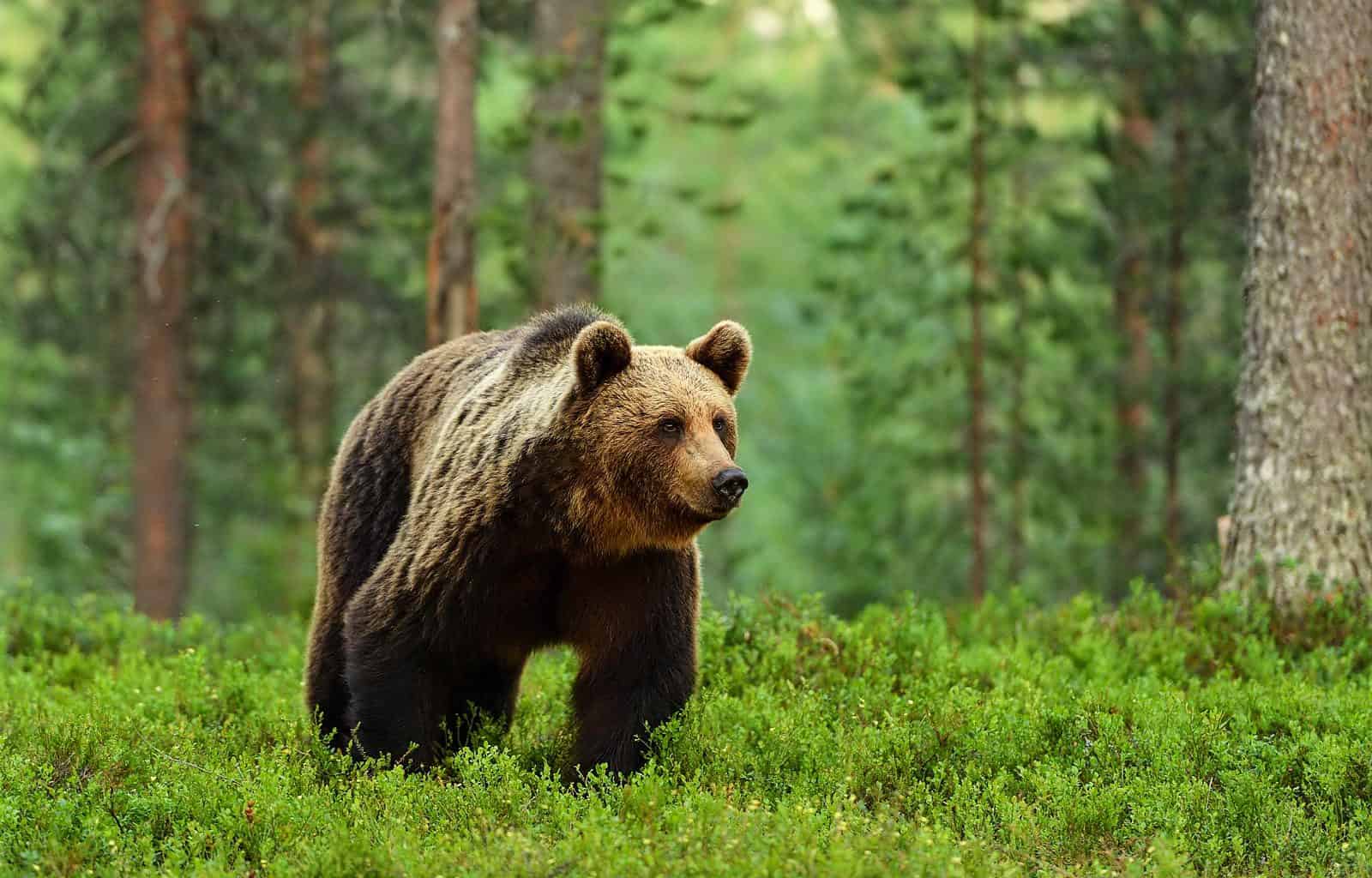
The most shameful crimes against large carnivores wolves and lynxes are commited in Latvia. It’s done violating the European nature protection laws – the Bern Convention and the Habitats Directive. Wolves are slaughtered systematically every hunting season, starting from 15July until 31 March (the longest hunting season for the protected species in EU), it is done without any evaluation of wolf packs and certain individuals here in Latvia. The totally uncontroled killing of alpha males and females of wolf packs is usual hunting practice here in Latvia. The hunting quotas have been increased systematically and drastically, starting from 250 at the beginning of the hunting season with regular increase in February. In February 2017 the number of additional killing quota achieved even 50 more to be killed in adition to those 250. And in 2018 again the starting quota at the beinning of the hunting season (15 July) was stated 250 wolves and in February increased up to 280 wolves. It is the longest and most brutal massacre of the priority species in EU level even with no valid methodology to state the hunting quotas for lynxes and wolves in Latvia.There is even no reliable scientific population estimates worked out for wolves and lynxes in Latvia! Official data for the popupulation size of these species are manipulated even in the official state report (see Latvia Article 17 Report, 2013-2018), giving the size for the whole Baltic lynx and wolves population as the population size for Latvia.
There is no livestock prevention measures used in Latvia as well.
Please, help us to protect the EU priority species – wolves and lynxes here in Latvia!
Thank you for the feedback, Mr. Perzanowski. Indeed I did not precisely define the situation in Poland. While the wolf is also listed under Annex V in Poland due to the same Accession treaty, it is the only of the five countries, which does not use this provision to allow a hunting quota.
I cleared up this situation in the text.
this is an imprecise information.In Poland we do not have an annual quota for wolf hunting. Since 1998 this species is under strict protection within the whole area of the country.